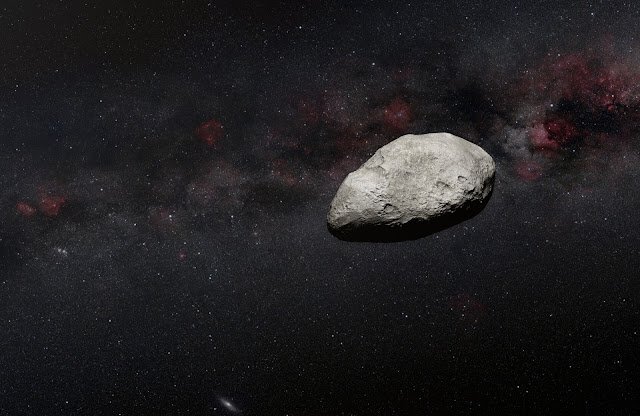
solar system, the occasional near miss between celestial objects is inevitable.
One such encounter that has captured the public’s imagination is Asteroid 2024
CR29, projected to make a close approach to Earth. While the prospect of a
giant space rock zipping by our planet is inherently captivating, it’s crucial
to rely on scientific fact and not sensationalized fear.
This blog post dives deep into
everything we know about 2024 CR29, its trajectory, safety measures in place,
and separates asteroid fact from fiction.
What is 2024 CR29 and Where
Did it Come From?
Asteroids are rocky remnants
leftover from the formation of our solar system billions of years ago. Most
reside in the Asteroid Belt, a region between Mars and Jupiter. 2024 CR29, is
classified as a Near-Earth Object (NEO) due to its orbital path occasionally
bringing it close to our planet.
How Close Will 2024 CR29 Get
to Earth?
According to reliable sources
like NASA’s Center for Near-Earth Object Studies (CNEOS) https://cneos.jpl.nasa.gov/,
2024 CR29’s closest approach to Earth is expected to be around 7,371,520
kilometers (4,580,000 miles), which is a significant distance in astronomical
terms. For comparison, the Moon orbits Earth at an average distance of roughly
384,400 kilometers.
Should We Be Worried About
Asteroid 2024 CR29?
The answer is a resounding no.
Space agencies around the world, including NASA, continuously monitor NEOs.
Based on current data, 2024 CR29 poses zero threat to Earth. Its trajectory
is well-established, and its size is estimated to be [insert size based on
credible source], which is too small to cause any significant damage upon
atmospheric entry (if that were even to happen).
Asteroid Tracking and Defense
Systems: Protecting Our Planet
While the chances of a
catastrophic asteroid impact are extremely low, space agencies are actively
developing asteroid deflection methods. These techniques, like the kinetic
impactor method, involve strategically nudging an asteroid’s trajectory with a
spacecraft to slightly alter its course and ensure a safe passage by Earth.
Staying Informed About
Near-Earth Objects
For credible and up-to-date
information on NEOs, here are some valuable resources:
- NASA’s Center for Near-Earth Object Studies (CNEOS)
https://cneos.jpl.nasa.gov/ - The European Space Agency’s NEO Coordination Centre
https://www.esa.int/Space_Safety/Near-Earth_Object_Coordination_Centre - Minor Planet Center https://www.cfa.harvard.edu/facilities-technology/cfa-facilities/minor-planet-center
Conclusion: Embracing the
Wonders of Space Exploration
Asteroids may seem like celestial
harbingers of doom, but they hold immense scientific value. By studying their
composition, we gain valuable insights into the formation of our solar system.
The exploration of NEOs also presents exciting opportunities for future space
missions and resource extraction.
The upcoming close encounter with
2024 CR29 serves as a reminder of the wonders and complexities of our cosmic
neighborhood. Let’s approach this event with scientific curiosity and celebrate
the incredible advancements in space exploration that safeguard our planet.



